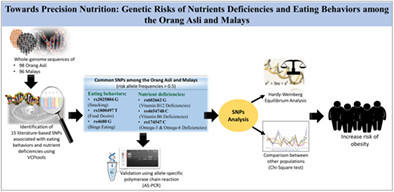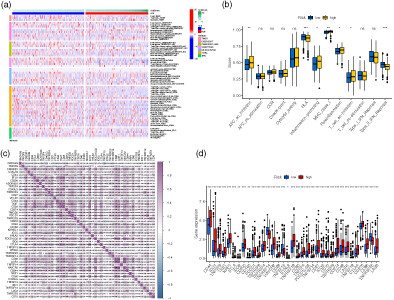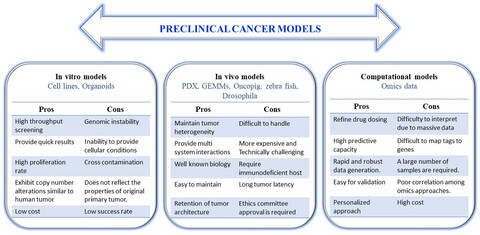Journal list menu
Export Citations
Download PDFs
Pediatric Oncology
Prevention, Risk Reduction, and Hereditary Cancer
Co-occurrence of germline pathogenic variants for different hereditary cancer syndromes in patients with Lynch syndrome
- First Published: 25 February 2021
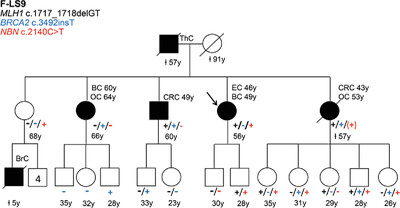
We aimed to explore whether other pathogenic variants for hereditary cancer genes are present in Lynch syndrome patients, to have a more comprehensive view of the genetic architecture for cancer risk. We found five families (6%) with at least two pathogenic variant in high- and/or moderate-risk-associated cancer genes. However, in most cases, no clinical manifestations associated with the secondary pathogenic variants were evidenced.
Toward precision nutrition: A cross-sectional study on the genetic risks of nutrients deficiencies and eating behaviors among the Orang Asli and Malays
- First Published: 07 September 2022
Lung cancer risk prediction models based on pulmonary nodules: A systematic review
- First Published: 08 February 2022
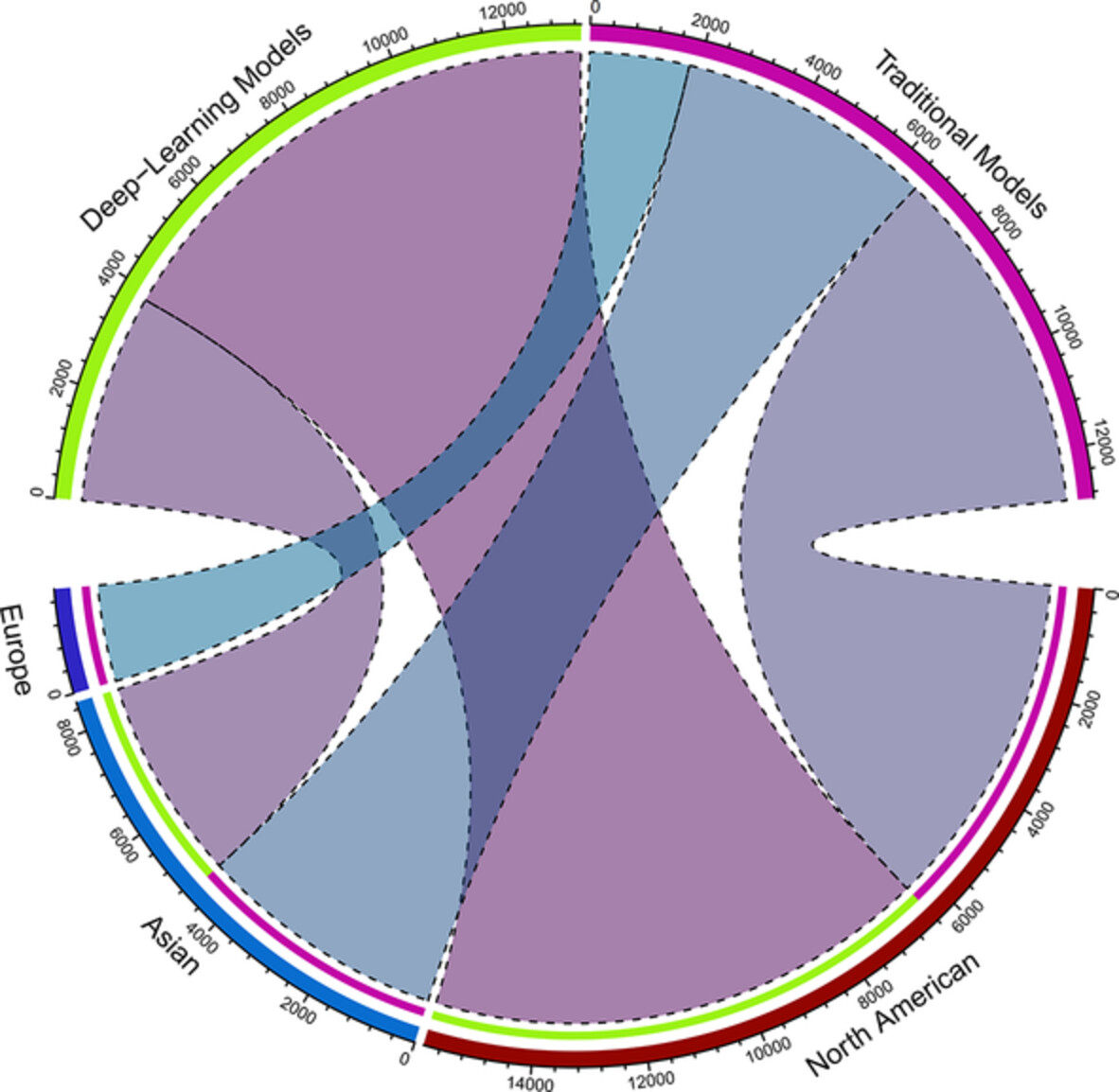
Pulmonary nodules risk prediction models were developed to reduce the high false-positive rate of lung cancer screening. A total of 41 articles and 43 models were systematically identified and assessed. The existing models showed good discrimination, but lacked external validation. Deep learning algorithms were increasingly being used with good performance. More researches were required to improve the quality of deep learning models, particularly for the Asian population.
Identification of a novel anoikis-related gene signature to predict prognosis and tumor microenvironment in lung adenocarcinoma
- First Published: 11 December 2022
Definition and verification of novel metastasis and recurrence related signatures of ccRCC: A multicohort study
- First Published: 30 August 2022
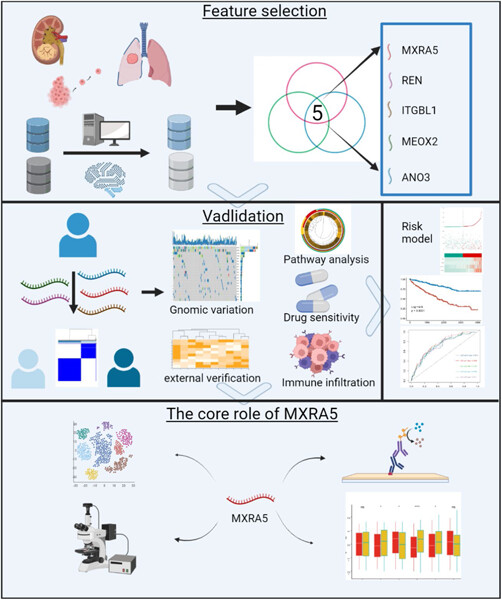
Multicohorts of clear cell renal cell carcinoma (ccRCC) datasets and machine learning algorithms were used to identify and verify metastatic biomarkers. Two distinctive ccRCC subgroups were uncovered and compared at multiomics level and targeting matrix remodeling associated 5 (MXRA5) could be treated as an effective approach to suppress ccRCC progression.
Comprehensive analysis of the prognostic impact and immune implication of KIAA1429 in lung adenocarcinoma
- First Published: 16 December 2022
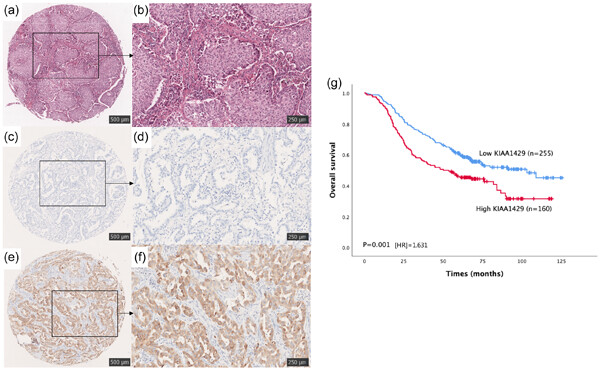
KIAA1429, an important “writer” of m6A methylation modification, is not only significantly highly expressed in Lung adenocarcinoma (LUAD) but also significantly associated with poor prognosis of LUAD patients. The small sample immunotherapy cohort analysis showed that patients with high expression of KIAA1429 had better response after immunotherapy, and the proportion of immunotherapy response was higher. KIAA1429 is a potential biomarker for predicting prognosis and efficacy of immunotherapy in LUAD patients.
Communication about hereditary cancer risk to offspring: A systematic review of children's perspective
- First Published: 27 April 2023
Professional Development and Educational Advances
Cancer models in preclinical research: A chronicle review of advancement in effective cancer research
- First Published: 29 March 2021
Assessing the performance of different outcomes for tumor growth studies with animal models
- First Published: 14 June 2022
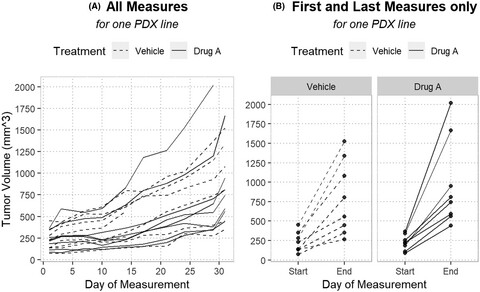
The choice of outcome in any animal study is important since it affects the appropriate statistical analysis and the ability to detect a meaningful difference if it exists. In this paper, we introduce various outcomes used in oncology animal models for tumor models and demonstrate the optimal choices based on simulation studies and real world application.
Fostering an inclusive workplace for LGBTQIA+ people in radiology and radiation oncology
- First Published: 14 December 2022
Five years of #MedRadJClub: An impact evaluation of an established twitter journal club
- First Published: 10 February 2022
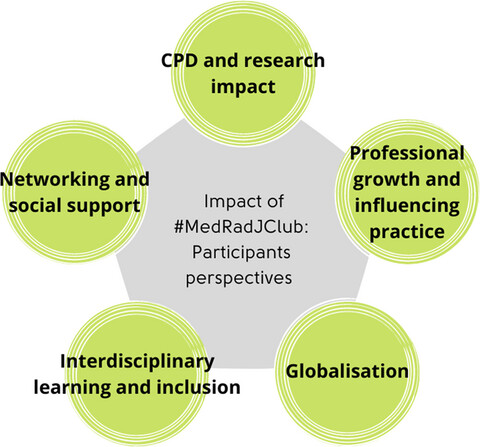
The medical radiation science (MRS) journal club (MRJC) was founded in March 2015 as an international forum for the discussion of peer-reviewed papers. To investigate the reach and impact of MRJC, a five-year analysis was conducted. Results demonstrate that MRJC is a unique, multi-professional, global community with consistent engagement and is beneficial for both CPD, research engagement, dissemination and socialisation within the MRS community.
Magnetic resonance imaging organ at risk delineation for nasopharyngeal radiotherapy: Measuring the effectiveness of an educational intervention
- First Published: 07 February 2023

Magnetic resonance imaging demonstrates superior soft tissue contrast and is increasingly being used in radiotherapy planning. This study evaluated the impact of an education workshop in minimising inter-observer variation for nasopharyngeal organ at risk delineation on MRI. Our results found that the educational workshop reduced inter-observer variation and improved observers' confidence.
A critical assessment of factors influencing the perceived professional benefit of internet nurses
- First Published: 02 June 2021

This study demonstrated that perceived professional benefit was influenced by diverse factors. leaders' attitude and personal attitude towards internet + nursing work, children's education, position and monthly night shifts are factors that influence the sense of perceived professional benefit. We recommend that targeted intervention measures be used to ensure that nursing managers provide opportunities and platforms for nurses who actively participate in online nursing services.
Expert consensus on the clinical application of antibody-drug conjugates in the treatment of malignant tumors (2021 edition)
- First Published: 19 June 2022
Sarcoma
The diagnosis, classification, and treatment of sarcoma in this era of artificial intelligence and immunotherapy
- First Published: 19 October 2022
Molecular subtypes of leiomyosarcoma: Moving toward a consensus
- First Published: 02 November 2022
MR-Linac guided adaptive stereotactic ablative body radiotherapy for recurrent cardiac sarcoma with mitral valve bioprosthesis – a case report
- First Published: 08 March 2023
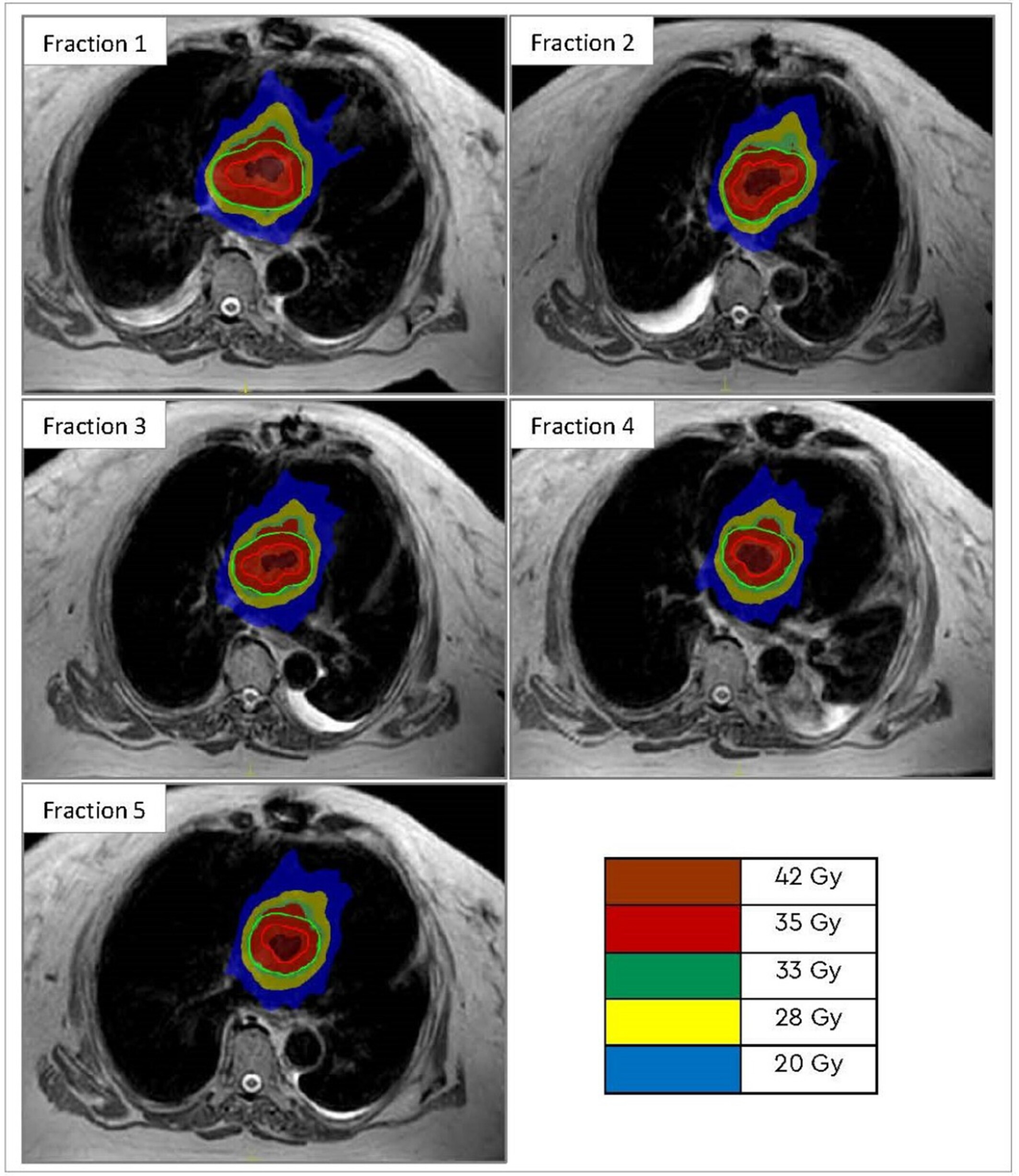
We have successfully treated a unique case of undifferentiated cardiac sarcoma recurrence adjacent to a bioprosthetic mitral valve using MR-Linac guided SABR. Overall, the patient had good symptomatic relief from MR-guided adaptive radiotherapy with encouraging post-treatment imaging results. The use of an MR-Linac allowed the delivery of ultra-hypofractionated (5 × 7 Gy) SABR safely and accurately and according to the patient's anatomy of the day.
Development of pathological reconstructed high-resolution images using artificial intelligence based on whole slide image
- First Published: 19 November 2020

The × 40 objective requires excessive storage space and transmission time, which are significant negative factors in the popularization of digital pathology. In this article, we present a novel reconstructed high-resolution process based on deep learning to switch × 20 WSI to × 40 without the loss of whole and local features. The testing results indicate that the reconstructed high-resolution imaging is a reliable method for the digital slides of a variety of tumors, and can be available on a large scale in clinical pathology as an innovative technique.




